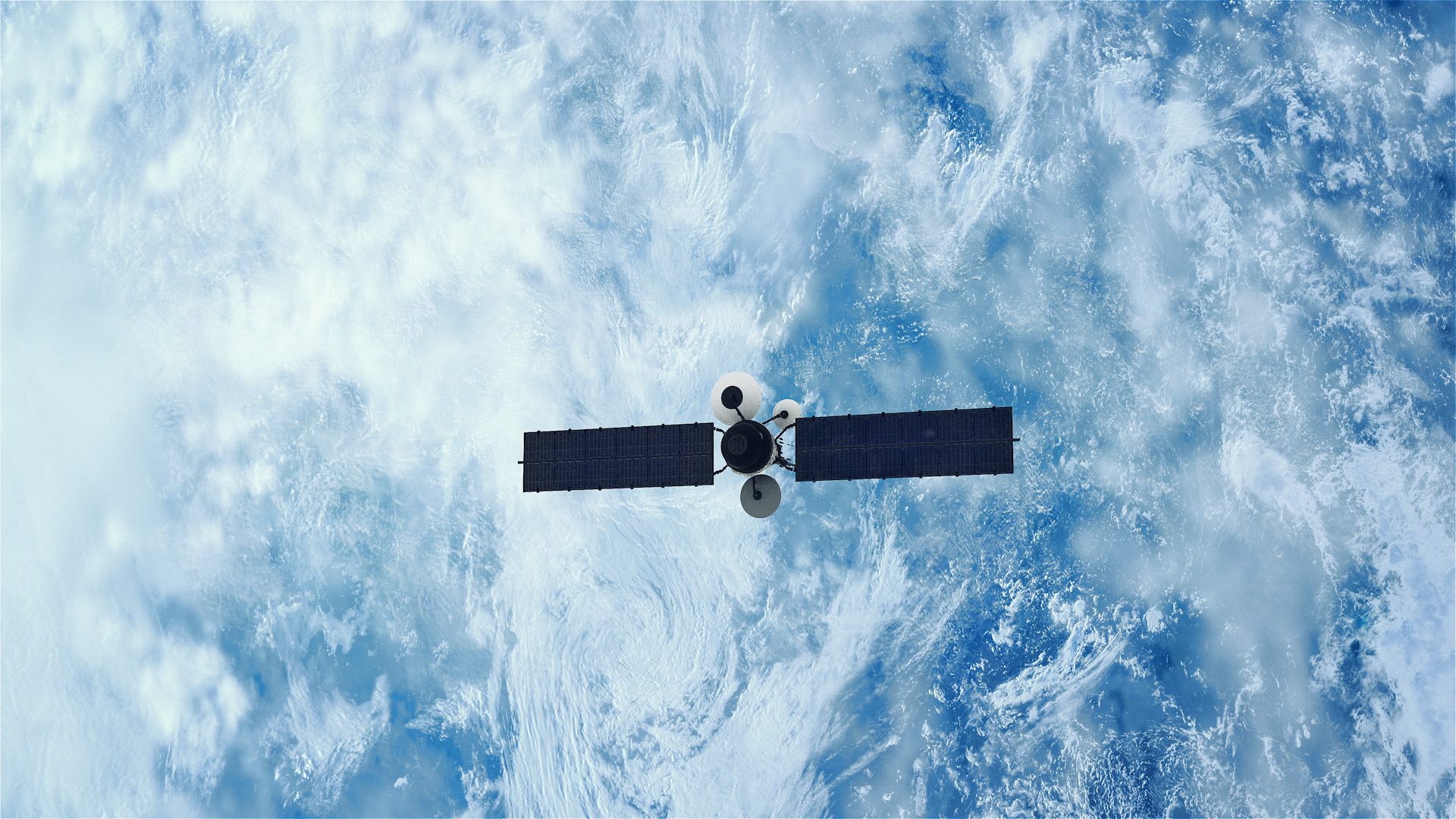How to select a disaster relief charity
After a hurricane strikes or an earthquake makes shockwaves, support nonprofits that are clear about what they do and how they will spend your money.

Harvey. Irma. Jose. Maria. Massive earthquakes. Epic floods. As with previous disasters, millions of Americans have already made donations to help with the latest ones.
A telethon packed with stars like George Clooney, Beyoncé and Stevie Wonder aired on all major TV networks, raising at least US$55 million for hurricane relief. Donations to the Greater Houston Community Foundation’s Hurricane Harvey Relief Fund so far stand at $67 million. And Telemundo and Univision, the two biggest U.S. Spanish language TV networks, are encouraging donations to support earthquake survivors in Mexico and Guatemala and to help Puerto Rico recover from Hurricane Maria.
As a scholar who has studied philanthropy after disasters, I’m hearing from friends and colleagues that the growing number of charities responding to these emergencies is making them unsure about which one to support. If you are feeling the same way, here’s my advice.
Decide what’s important to you
Giving is a personal decision. What motivates people often depends on things like core values and the issues they’re passionate about. So, before you search for the right charity, clarify a few things.
Do you prefer to support local, national or global organizations? Would you rather give directly to individuals in need?
National and international organizations have specialized expertise. Local groups know the territory. GoFundMe campaigns connect you with real people whose stories you may find relatable.
The Red Cross, the biggest disaster relief nonprofit, operates everywhere. But it is under fire, with some critics urging donors to bypass it.
The Salvation Army (a national organization), the Houston Food Bank (a local organization) and GoFundMe (a platform for giving directly to people in need) are all responding to the latest hurricanes.
Also consider timing. Do you care more about helping people immediately or over the long term? Hurricane survivors need food, shelter and other basics right away. But relief efforts may take many years as devastated communities rebuild.
Once you set these priorities, seek groups that do the kind of work you care about most.
Giving options
No matter where emergencies arise, international organizations such as Red Cross, the Salvation Army, Americares and the United Nations Children’s Fund (UNICEF) respond and provide relief.
But they aren’t your only options. After an earthquake, hurricane or other tragedy, many established charities adapt their services to respond to the needs that emerge, as I learned in research I conducted about how nonprofits responded to the 9/11 terrorist attacks.
Many media outlets and charity information sites compile lists with good options, including Vox, USAToday, Guidestar and Charity Navigator.
After you find the groups that align with your interests, visit their websites. Read their mission statements. Look for descriptions of how they’re helping.
Results
Knowing what matters to you and what your giving options are is a good start, but not enough. You also need to make sure a charity is likely to make a difference with your money.
Most people donate in the first two months following a hurricane or earthquake. That means that when you research your giving options, the best information you’re likely to find is what an organization plans to do or is doing right now.
That’s useful, but it doesn’t tell you whether they’ll do a good job.
Given that challenge, what kind of information can help you make a good decision? Results from past work, whether in disaster response or something else, can at least tell you something about reliability. Any nonprofit asking for your money after a hurricane or earthquake (or at any time, for that matter) should make it easy to find information about results on their website.
Look for answers to these questions. After the last disaster:
- Did they spend all the money they received?
- How did they spend it?
- Did the money make a meaningful difference in addressing people’s needs?
For example, the United Way often plays a major role in disaster relief. It distributes the money it raises to community groups that help those affected. Its own report about its response to West Virginia floods last year addresses the questions I identified. The Robin Hood Foundation set another good example when it reported on its work following Superstorm Sandy.
Details about results can be hard to find on charity websites, but organizations providing disaster relief should provide it.
For instance, the Red Cross website includes a long list of publications regarding its responses to disasters, and the Salvation Army has posted videos, with more limited information, that describe its efforts in response to Hurricane Katrina and the Haiti earthquake.
Guidestar is a good information source because it enables charities to upload results-related information on its site. For example, The Humane Society of the United States provides results information on its Guidestar page and also describes accomplishments on its website.
If the organization does not provide results information, look for other performance clues. The Houston Food Bank website, for instance, includes a section called “kudos” listing awards and recognition. The fact that Feeding America, a national network of food banks, has named it “Food Bank of the Year” shows that experts in the field regard it highly.
Red flags
Finally, use charity rating sites to discover if you should be concerned about the group you want to support.
These sites score nonprofits by applying their own criteria, making comparison easy. What they rate varies but usually includes financial performance, management practices and transparency. Charity Navigator, the Better Business Bureau/Wise Giving Alliance and Charity Watch are among the best-known.
Before giving, consult one or more of them to ensure that the nonprofit you want to support has a high score and to see whether there are other reasons for concern. One good resource is Charity Navigator’s frequently updated donor advisory list. It catalogs everything from reports of embezzled funds and fraud to managerial disarray.
Give what you can spare after disasters. But, as the old adage suggests, good intentions don’t always yield good results. Doing a little research and following these guidelines can help you feel more confident about your donations and the difference they will make.
David Campbell previously served on Charity Navigator's Academic Advisory Board and on the board of the United Way of New York State from 2012-2014. His husband works for the United Way chapter in New York's Broome County.
Read These Next
Autocracies in transition: In 2025, Cameroon and Tanzania rulers clung to power — but look more vuln
The countries, whose respective leaders recently won widely disputed elections, offer contrasting examples…
Miami’s new mayor faces a housing affordability crisis, city charter reform and a shrinking budget
Eileen Higgins won a hard-fought election to become Miami’s new mayor. Now for the hard part – governing…
Understanding climate change in America: Skepticism, dogmatism and personal experience
Real skeptics study the evidence and ask questions, rather than taking political dogma on faith. Experiencing…






